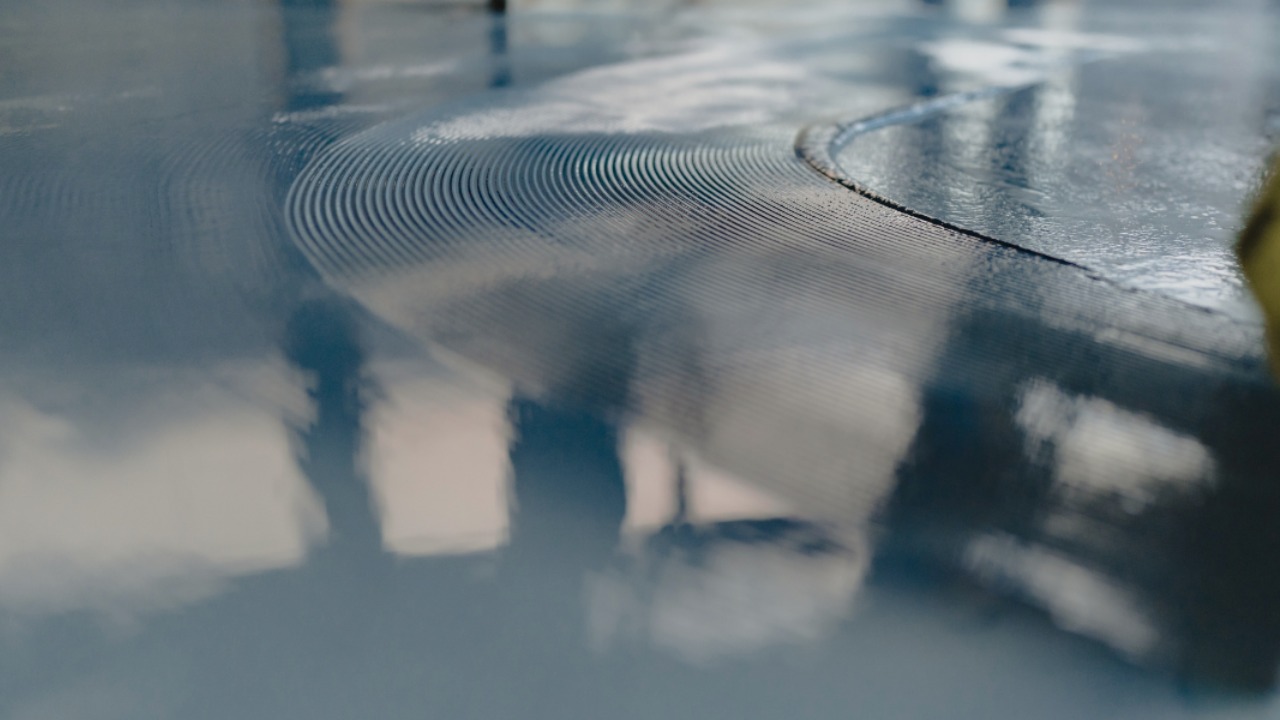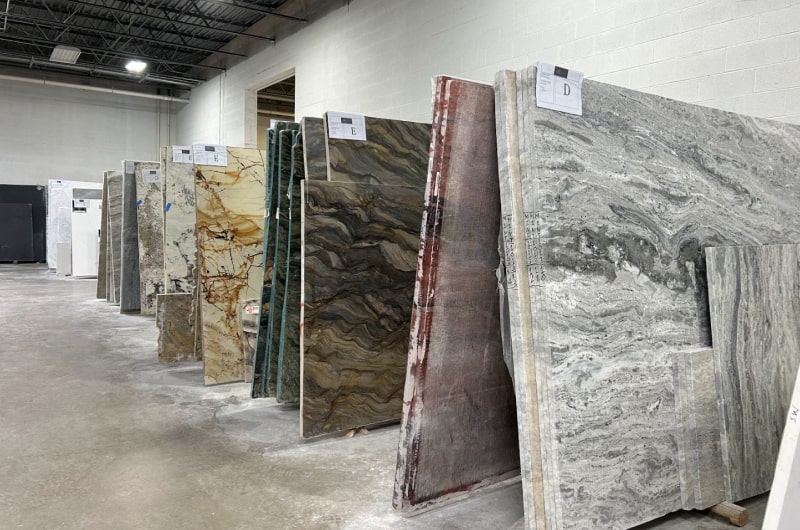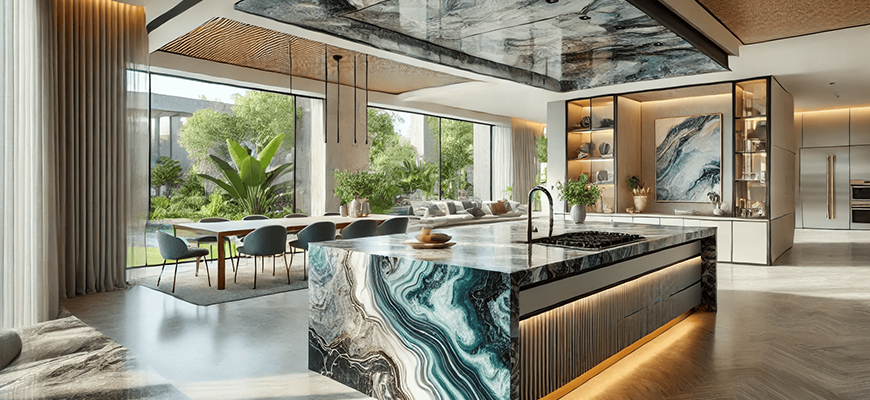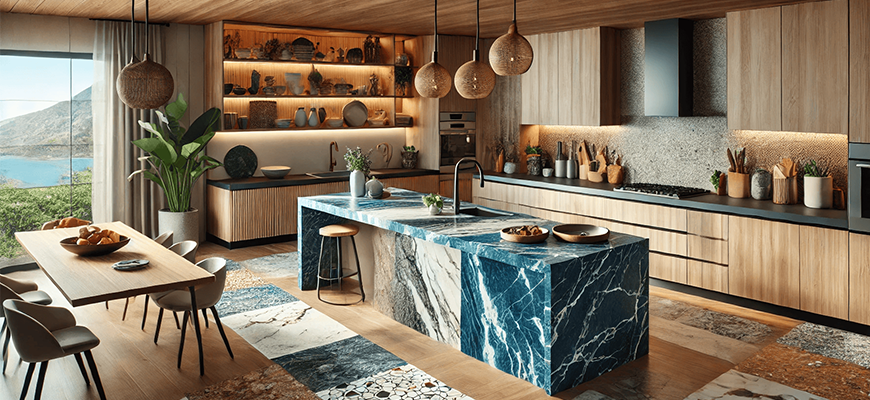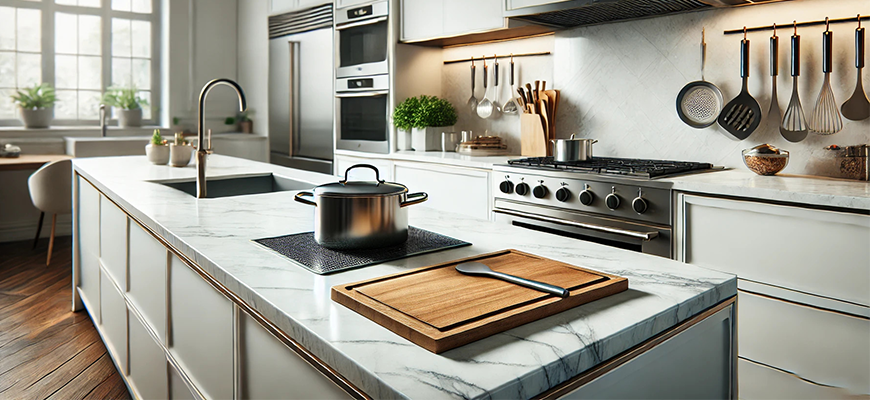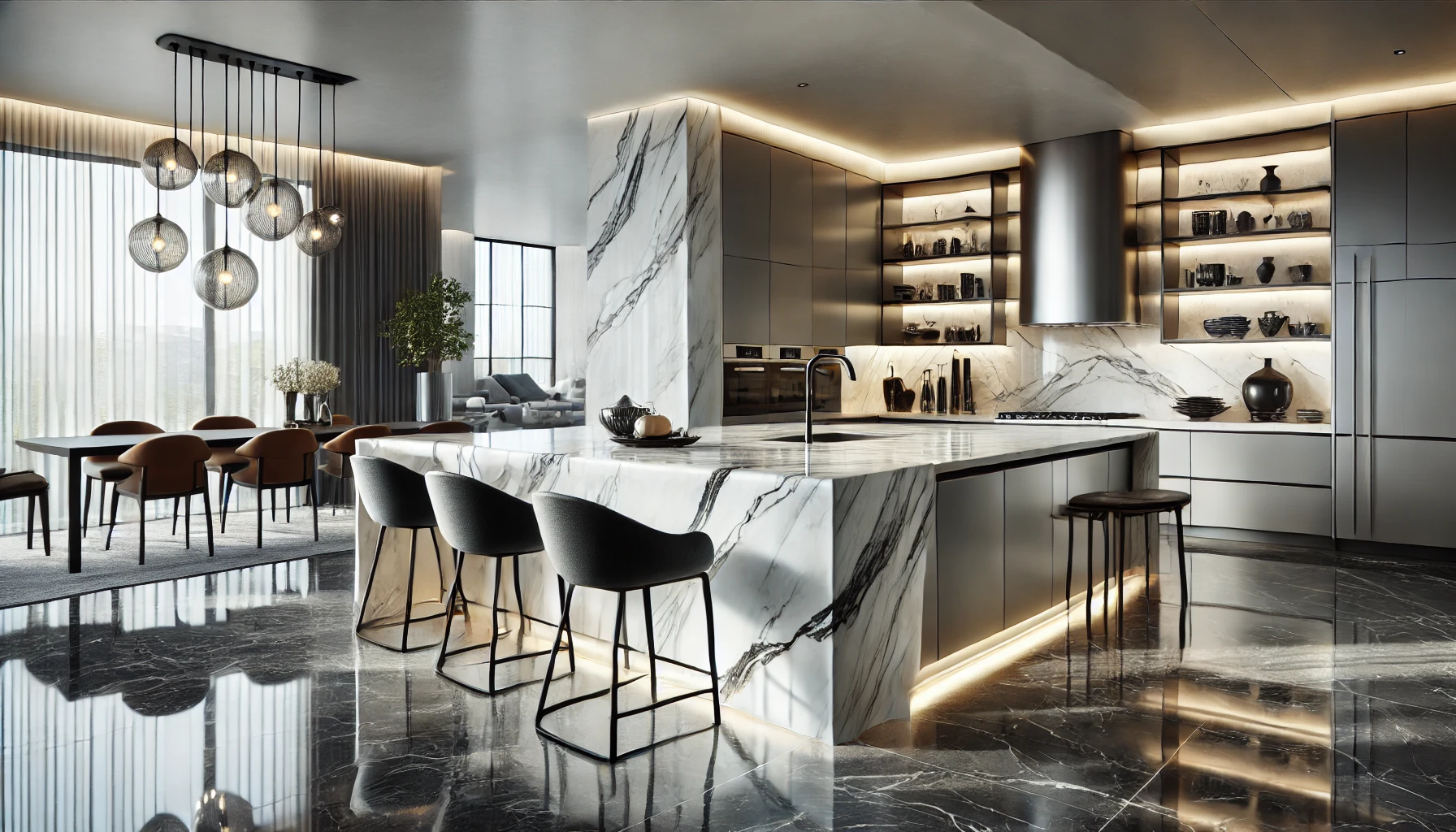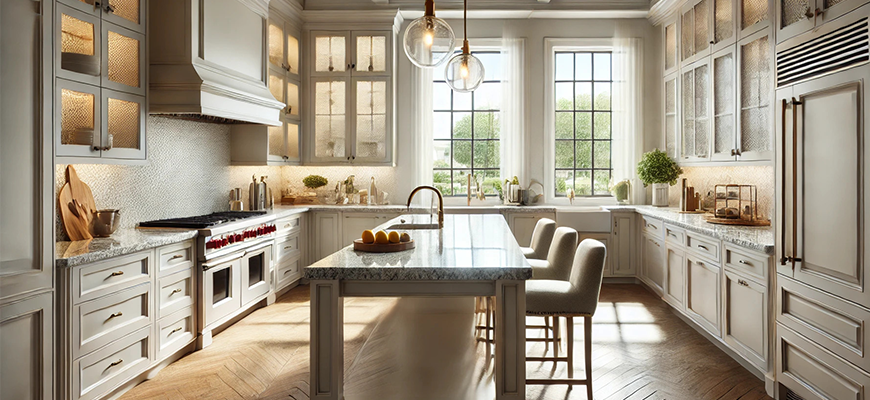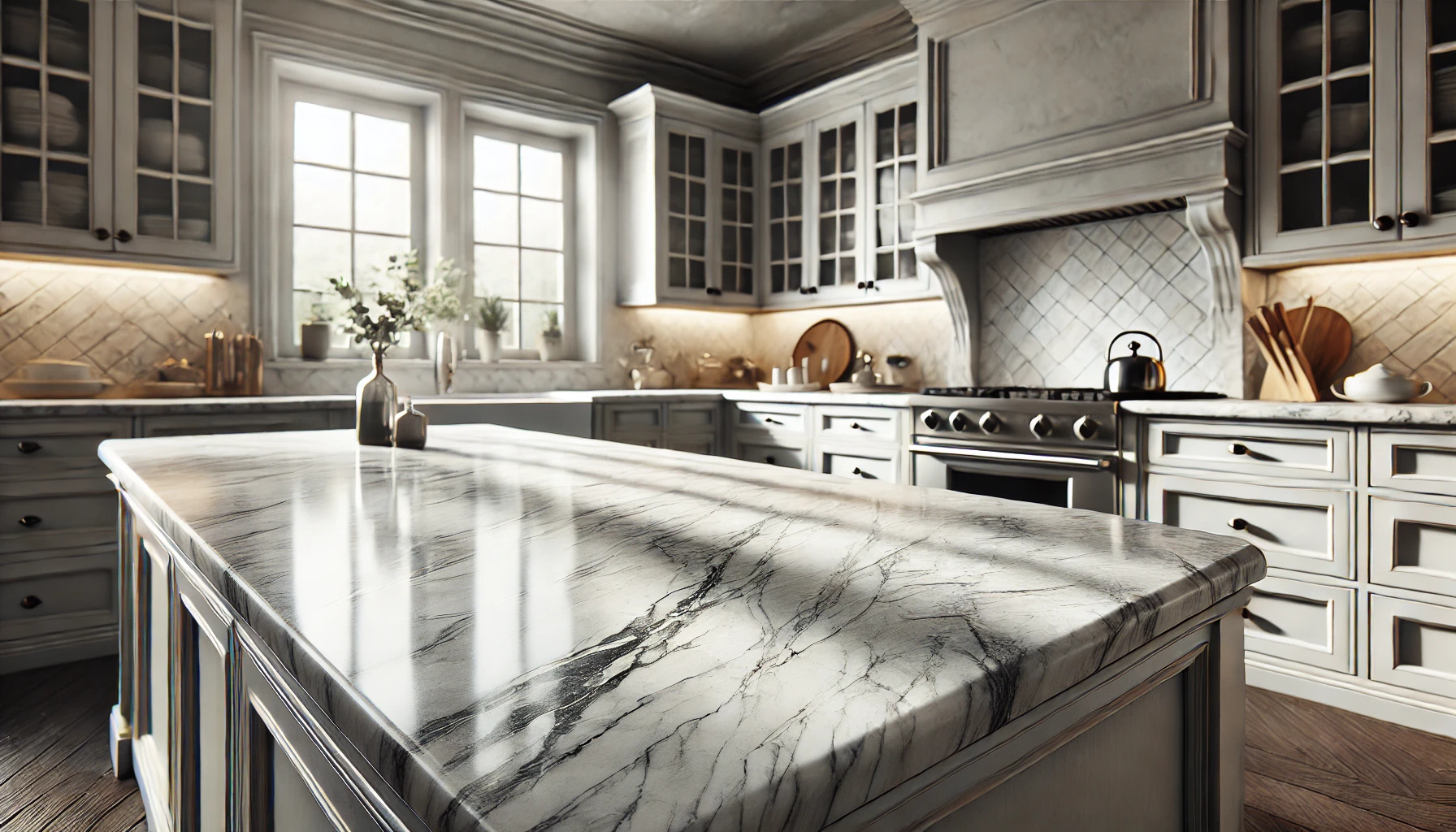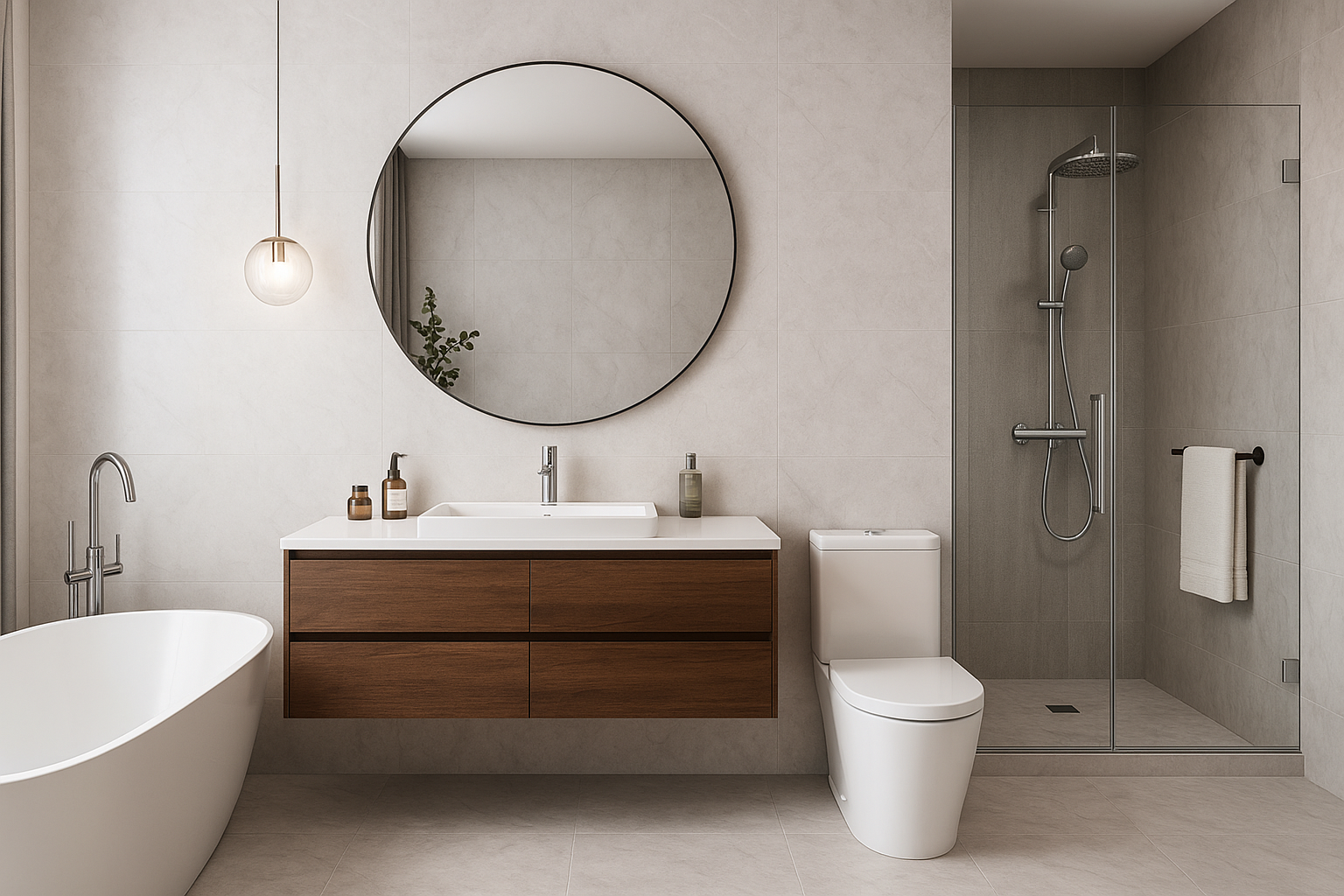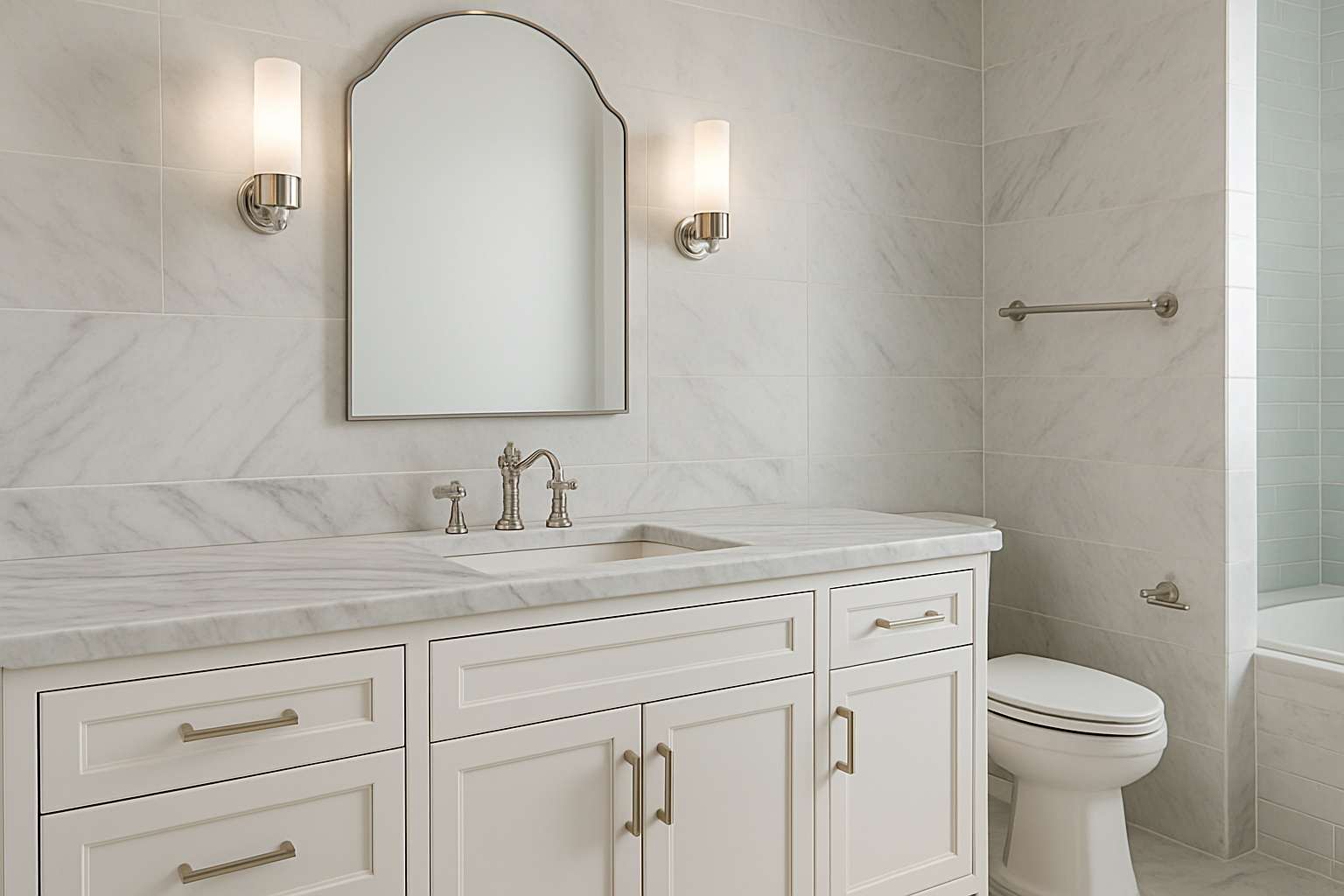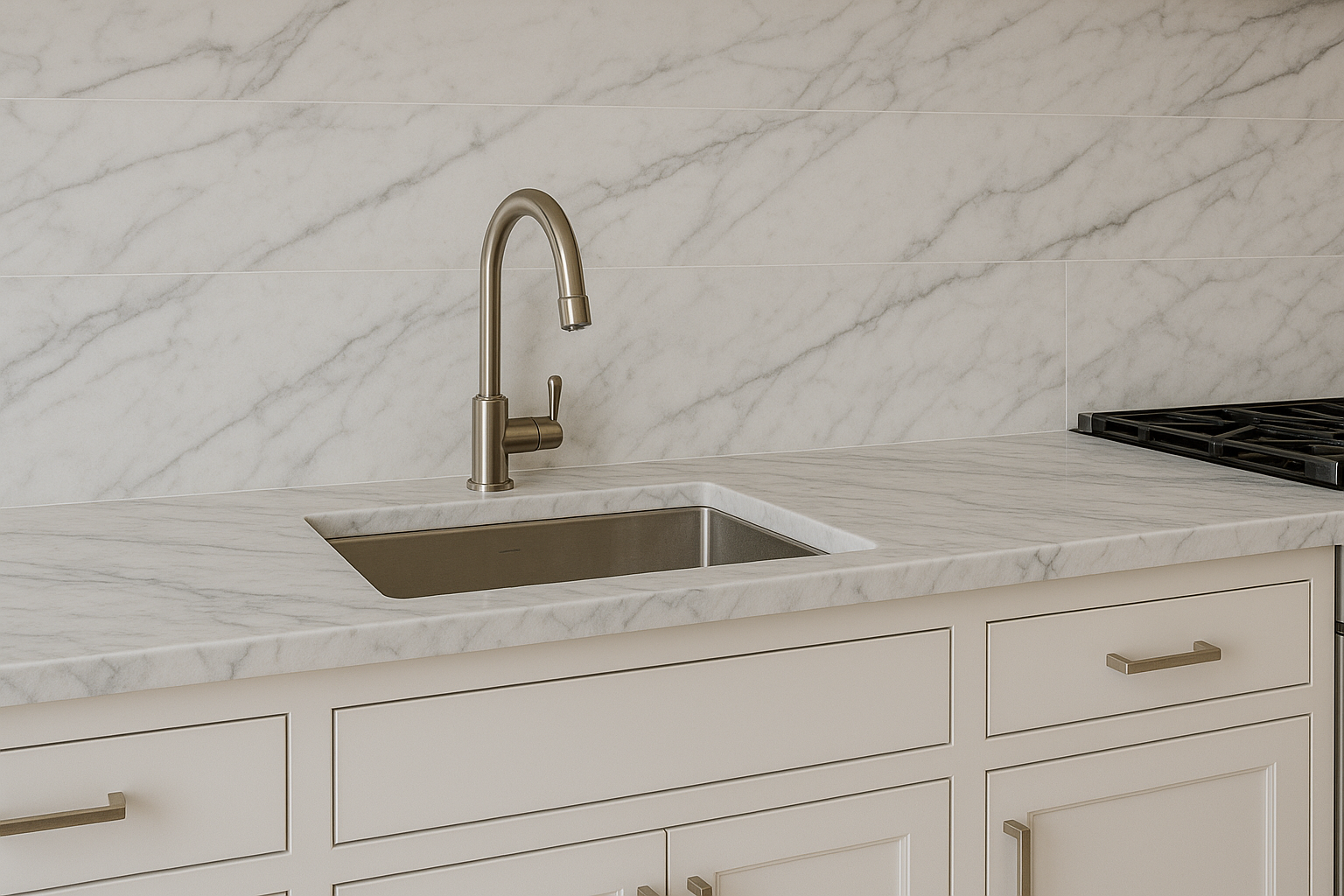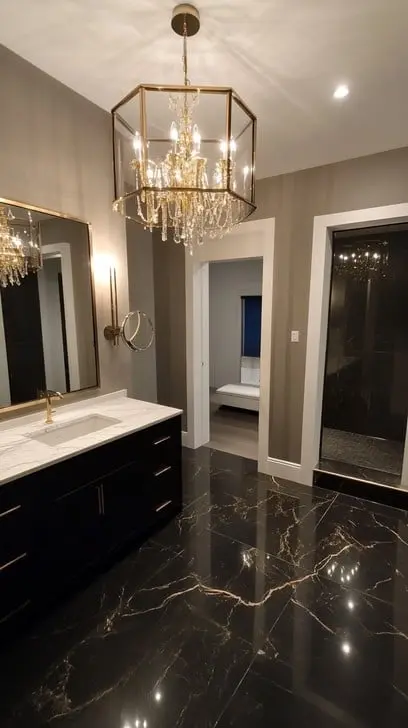Epoxy countertops are one of the trendiest countertop materials for modern spaces. They are widely used in kitchen and bathroom renovations for their shiny finish and look that mimics natural stone. The surface forms when a liquid resin and hardener bond chemically to create a solid, non-porous layer. The reaction gives the epoxy resin its distinct shiny look and feel. While it looks aesthetically pleasing, the same qualities make epoxy a high option too. There are some major disadvantages of epoxy countertops. From heat resistance, maintenance, to appearance after installation, make sure to understand these drawbacks. This will help you to make an informed decision.
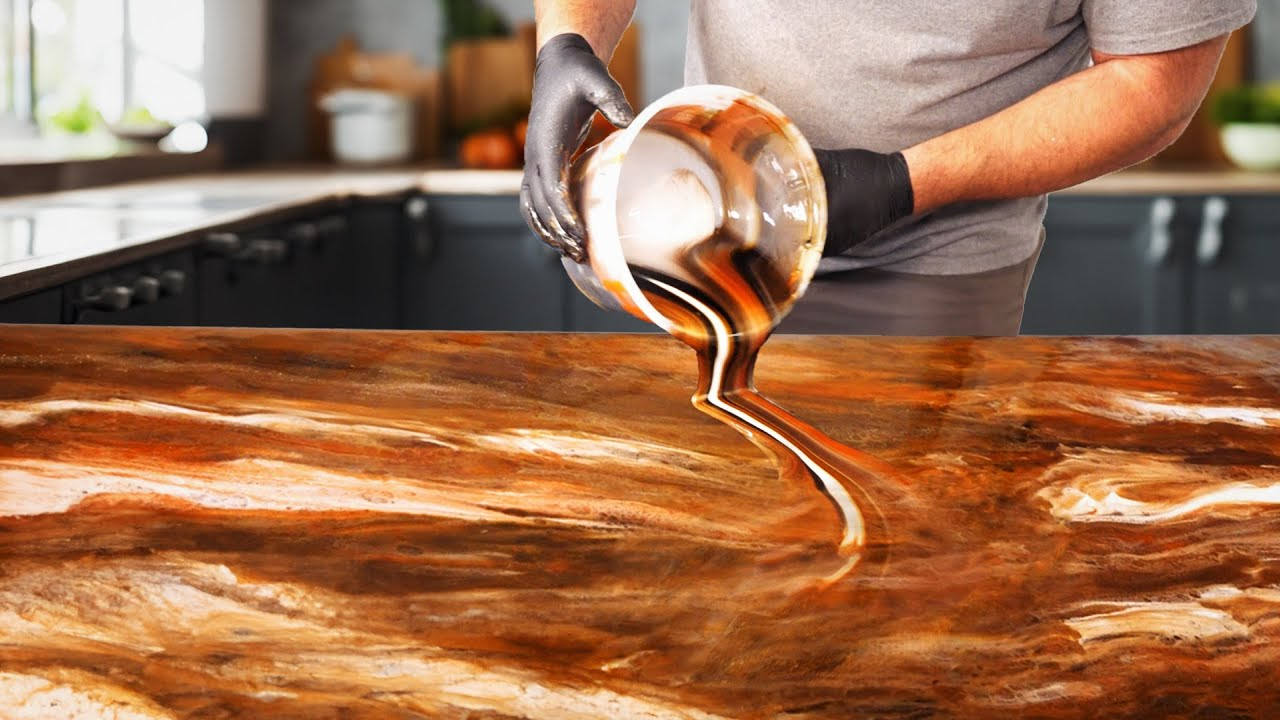
1. Complicated and Messy Installation
Epoxy is not an easy material to work with. It requires precision during installation. The resin and hardener need to be mixed in exact proportions. A small difference may result in an imbalance that can leave soft spots or uneven curing. The liquid texture flows easily and drips, creating a mess on the surrounding cabinets and floors. Professional installers use heat guns and leveling tools to remove any air bubbles. But the overall process is still risky. A single mistake can ruin the surface, and a complete redo would be necessary.
Unlike quartz countertops or granite slabs, epoxy cannot be reshaped or polished after curing. Once hardened, the result is permanent, good or bad.
2. Limited Heat Resistance
One of the major disadvantages of epoxy countertops is the poor heat resistance. Epoxy or resins are not effective against direct heat exposure. The resin binders react badly to direct heat. Using epoxy kitchen countertops in a busy kitchen will require a lot of care. Setting a hot pan directly on the surface may leave burn marks or cause discoloration. While brief contact with mild heat might not harm it, epoxy softens when temperatures rise above 150°F (65°C).
Compared to stone countertops like granite and quartz, which sustain heat far better, they do nothing. In kitchens where cooking happens daily, epoxy’s heat sensitivity can lead to visible wear within months.
3. Yellowing and UV Damage
Epoxy is known for performing badly against UV rays exposure. Ultraviolet light breaks down the resin’s chemical bonds. This reaction results in yellowing or dullness, especially on lighter shades. Even with the premium UV-resistant epoxy has a slow yellowing process, but not permanently.
Homeowners with large windows or bright kitchens often notice uneven fading where sunlight hits directly. Once they start to appear yellow, they cannot be fixed by any means. Recoating is the only option, and each new layer adds more thickness and cost.
4. Scratches and Surface Damage
Even though it has a glossy finish, it can still be scratched easily. Kitchen knives, cleaning pads, or rough dishes may leave visible marks. Though you can buff the minor scratches but repeated friction dulls the surface over time. Unlike natural stone, epoxy does not have any mineral hardness. It depends mostly on a plastic-like resin film.
This is why it is prone to micro-scratches that catch light and reduce clarity. A cutting board and a soft cloth are must-haves if you want to preserve the shine.
5. Difficult Repairs and Maintenance
Epoxy offers a clean and clear appearance. However, this is one of the major disadvantages of epoxy countertops. The surface is not repairable without affecting the entire surface. If a surface chips, cracks, or blisters, it will require a mix of new coat to blend with the old one seamlessly. This is nearly impossible. Even the cleaning is a hurdle. Harsh cleaners and chemicals can degrade the resin.
Regular soap and warm water work best, but even then, residue can build up. Over time, maintenance feels like a cycle of cleaning, polishing, and worrying about scratches.
6. Unpleasant Odor and VOCs
Another major disadvantage of epoxy countertops is it’s strong chemical fumes during application. These volatile organic compounds (VOCs) affect the eyes and lungs. Installation and curing require proper ventilation and require several days.
Even when it gets hard, some odors stay indoors. If you are sensitive to smell or with allergies may get uncomfortable. Eco-friendly versions exist, but still release low-level VOCs that affect indoor air quality.
7. Limited Design Flexibility After Curing
One of the major disadvantages of epoxy countertops compared to stone is the limited design flexibility. Epoxy offers beautiful visual effects when poured, including marbling, metallic swirls, and custom pigments. But once resin is set, the design cannot be changed. The color, texture, or pattern is non-removable without removing the entire layer.
Unlike tile or sectional countertops, you cannot fix any section of epoxy. Any change means starting over from the beginning. For homeowners who enjoy refreshing interiors frequently, epoxy feels restrictive.
8. Slippery and Reflective Surface
The high-gloss finish is one of the major disadvantages of epoxy countertops. Though aesthetically, they may appear appealing, they make the surface slippery when wet. Water or oil spills may spread quickly, which often causes safety concerns in busy kitchens. Also, the reflective surface is more like a fingerprint and smudge magnet.
You will have to wipe the surface more than expected. In bright light, glare from overhead fixtures can even strain the eyes. Matte finishes are possible, but they reduce epoxy’s signature look.
9. Cost Over Longevity
Epoxy countertops may seem affordable per square foot compared to stone countertops, but the hidden costs appear over time. Though DIY creation is possible but professional installation is important for even results. Recoating or resurfacing often results in more expenses.
On the other hand, stone countertops like granite or quartz offer low maintenance comparatively for similar or slightly higher prices. Over ten years, epoxy’s maintenance and replacement cycle can outweigh its initial savings.
Comparing Epoxy to Other Countertop Materials
Before you make any decision regarding an epoxy countertop, you will come across different materials like quartz or granite. Here is what you need to know.
| Material | Heat Resistance | Durability | Maintenance | Repairability | Lifespan |
| Epoxy | Low | Moderate | Frequent | Difficult | 5–7 years |
| Quartz | High | Excellent | Low | Moderate | 15–25 years |
| Granite | High | Excellent | Moderate | Easy | 20+ years |
| Solid Surface | Moderate | Good | Easy | Moderate | 10–15 years |
Should You Get Epoxy Countertops?
You will have been thinking about getting the epoxy countertops for your home, but should you? Epoxy has a glossy, seamless look, but the design options are limited. The material scratches easily, softens under heat, and yellows when exposed to sunlight.
Repairs are difficult because the coating cures as one solid layer. The installation process is complex, which requires precision. Also, the fumes during its cure time affect indoor air quality. However, you can choose epoxy for decorative spaces or low-use areas, but even then, it requires regular maintenance.
If you want stable performance, consistent color, and strong heat resistance, quartz or granite provides better value and less maintenance.
10+ Years Experience
Transform Your Kitchen with Premium Stone Countertops
Professional fabrication & installation of marble, granite, and quartz countertops in New Jersey.
- Expert stone selection & consultation
- Precision fabrication & seamless installation
- Premium marble, granite & quartz options
- Licensed, insured & warranty protected
FAQs About Epoxy Countertops
Let’s answer your question about Epoxy Countertops.
Are epoxy countertops durable?
They resist water and stains but cannot withstand scratches. Heavy use affects their lifespan compared to quartz or granite.
Can epoxy countertops handle heat?
No. Direct heat, like hot pans, can scorch or discolor the surface. Always use heat mats.
How long do epoxy countertops last?
5-7 years. With careful maintenance, before showing visible wear.
Do epoxy countertops yellow over time?
Yes. Direct UV. Exposure causes discoloration, especially in bright or sunlit kitchens.
Are epoxy countertops safe for food preparation?
Fully cured epoxy is non-toxic, but cutting directly on the surface is unsafe due to scratching.
Can you repair a damaged epoxy countertop?
Minor scratches can be buffed, but visible cracks or burns require full resurfacing.
Bottom Line
Epoxy countertops have become a preferred choice for decorative purposes. Many homeowners prefer epoxy for kitchen countertops, too. However, there are several disadvantages of epoxy countertops that one should know before deciding. Drawbacks like yellowed surface, VOC, scratches, and heat resistance should be considered if you want them for longer use.
Suppose you want something durable and lasting for long-term usage, then opt for alternatives like quartz countertops or granite countertops. However, your countertop material should align with the performance requirements and long-term value.
10+ Years Experience
Transform Your Kitchen with Premium Stone Countertops
Professional fabrication & installation of marble, granite, and quartz countertops in New Jersey.
- Expert stone selection & consultation
- Precision fabrication & seamless installation
- Premium marble, granite & quartz options
- Licensed, insured & warranty protected

